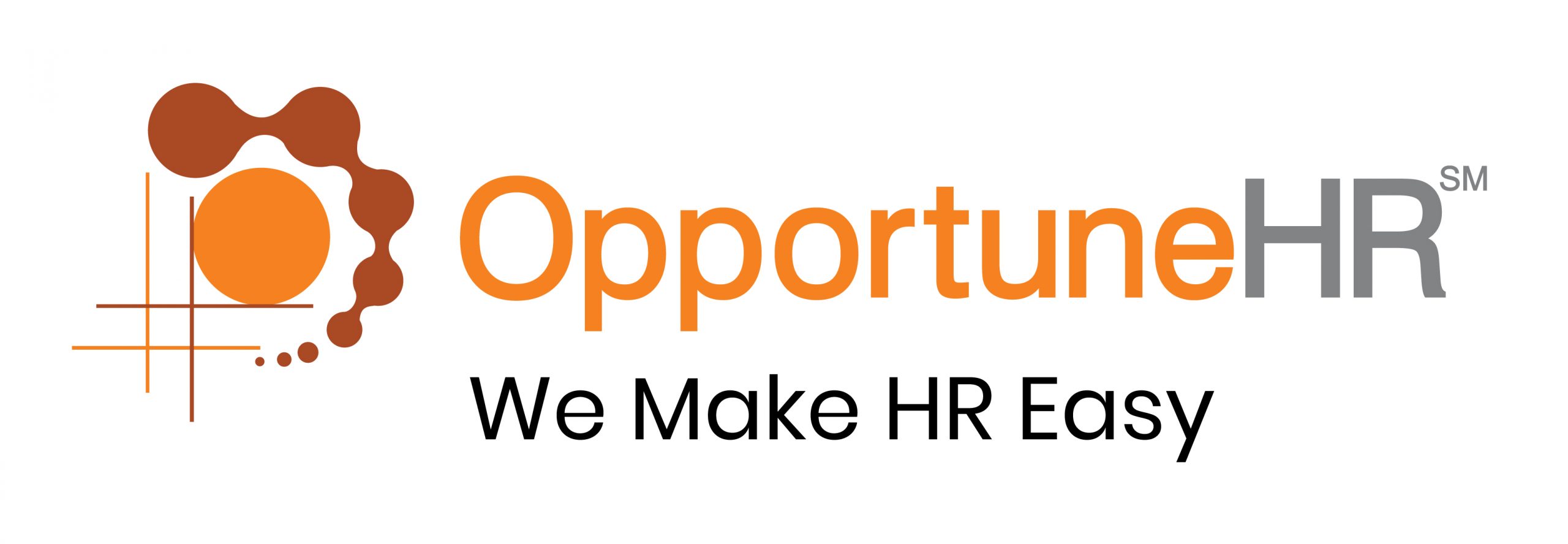With almost every industry in today’s world, you will notice how automation processes have become an integral part of the workflow. This is no different for the human resources sector as well.
HRMS, or human resource management system, combines all the core and strategic functions of HR onto one, simple platform. It offers massive improvements to recruiting, automates data entry, works as a self-service portal, reduces errors, and much more. There are other HR technologies as well, such as Human Capital Management (HCM) and Human Resource Information System (HRIS), that also help in making your HR department function as smoothly as possible.
There are endless benefits of adopting HR Software to an organisation, as well as the employees who use this Hr solution. Here are some ways in which HRMS can transform your HR department:
1. Better efficiency while managing hiring process
2. Concise onboarding and training process
3. Reliant self-service portal that saves time
4. Reduced business errors with automation
5. Increased employee performance
6. Better understanding of employee wellbeing
7. Data driven strategies and innovations
8. Provides quantitative evidence to make decisions
These are only a handful of ways in which HRMS can help your organisation and employees. But adopting a new technology is never easy, and it might not be the platform making it difficult. Employees may find it complex to implement HRMS into their daily work lives if the transition isn’t handled correctly. Here are some tips on how you can help your employees move to using HRMS in their workflow:
1. Prepare them early:
Change is never easy, especially when it’s something at work. A good way to kick-start HRMS in the workforce is to implement it in the hiring process. This will help your employees become accustomed to the system, which they will later on use while working for your company. It can also be accommodated in the training and onboarding procedure of the firm, which will encourage your employees to make use of it.
2. Create a knowledge base:
Allow a space that lets your employees learn about HRMS at their own pace. You can do this by creating a dedicated portal or drive that consists of helpful explainer videos, HRMS related FAQ’s, newsletters and blogs. Online groups and discussions are also great ways of helping new employees understand HRMS and the organisation better.
3. Training workshops:
With technology and information changing at its current speed, it’s important to keep your employees well informed and adjusted to the current systems. The best way to do this is to hold training workshops that provide a new way at looking at the HRMS. This keeps them engaged and ultimately leads to better communication between the workforce. It also keeps them interested and incentivized to be learning something specialized in the industry.
4. Identify your HRMS champions in the early stages of implementation:
Identify those who appropriately make use of HRMS to streamline their workflow. As early adopters, they must be appreciated and noticed in order to encourage others to follow their footsteps. Loyalty programs and employee-of-the-month schemes are some of the best ways to encourage employees to use HRMS.
5. Explain why this is good for them:
Encouragement is key when implementing something new and altering into the daily work lives of the workforce. It’s important that your employees understand how HRMS can help them with day-to-work and also takes them a step forward in their knowledge portfolio. Remember, adapt your expectations based on your employee’s level of understanding.
6. Respond to your workforce:
When implementing something new in the organisation, it’s natural that your employees will need some answers to their questions. It’s crucial that this is not only accepted, but also encouraged. A good way of driving this encouragement is by responding appropriately and on-time to an employee’s doubt, solution or idea. This kind of behavior motivates, and creates an open and safe space for your employees to think creatively. It also keeps them engaged and interested to use HRMS in their workflow.
7. Don’t broadcast, communicate:
With such an integrated system in place, it’s common to want to mass broadcast information to your employees with a couple clicks on the mouse. While it is true that it’ll save you time, but it should definitely be avoided, because doing so can lead to crucial information being missed out by your employees. Instead of broadcasting, important information should instead be communicated instead with employees. This way, not only is everybody kept up-to-date, but is also made to feel important in the organisation. Feedback can be asked, and engagement can be retained for using HRMS.
HR is all about human communication, and it is important for an organisation to indirectly serve as an HR for their HR department. By implementing helpful tools like HRMS into the company, employees can greatly benefit in their day-to-day work and in turn streamline the HR department in ways your company might have never seen before. With these tips, you can easily retain the interest of your employees in using HRMS as well as smoothen the transition process for them.
To know more about HRMS and other HR technology, visit www.opportunehr.com.
Lets connect on dhwani@opportune.in
Share on




